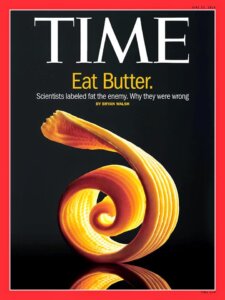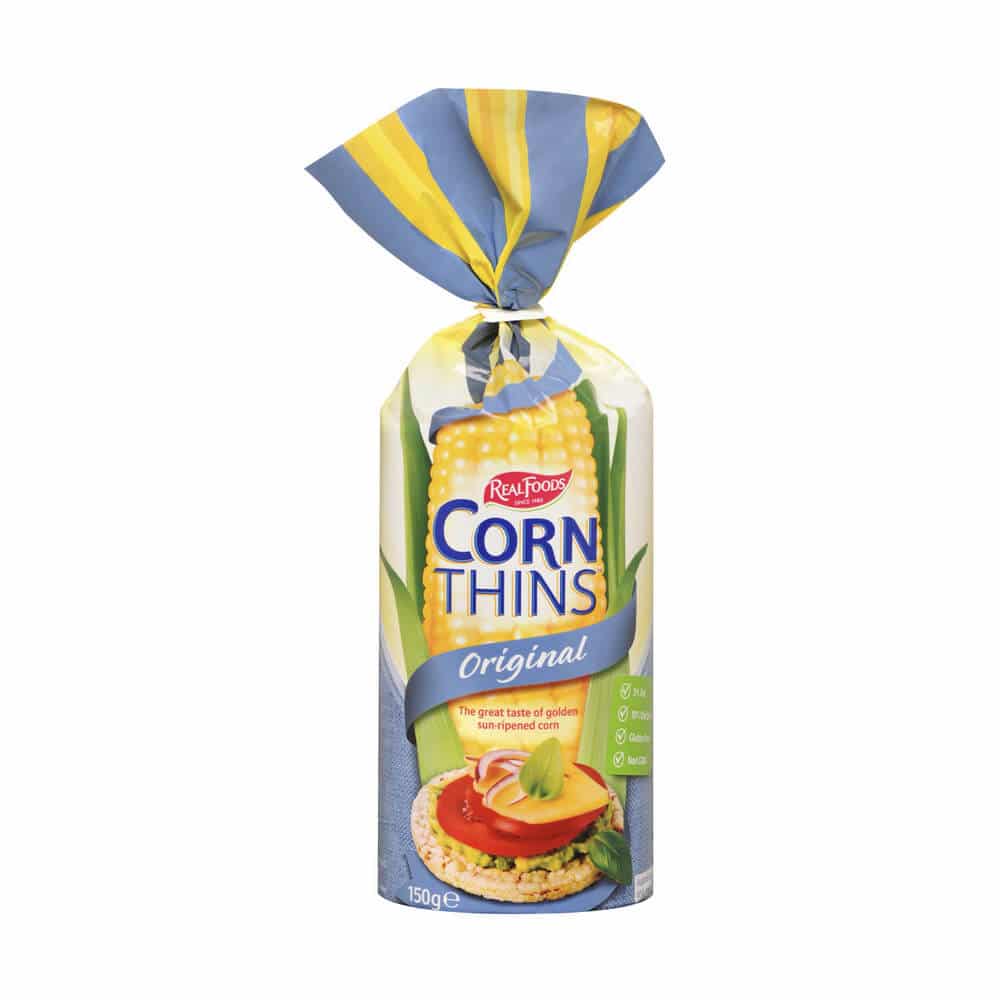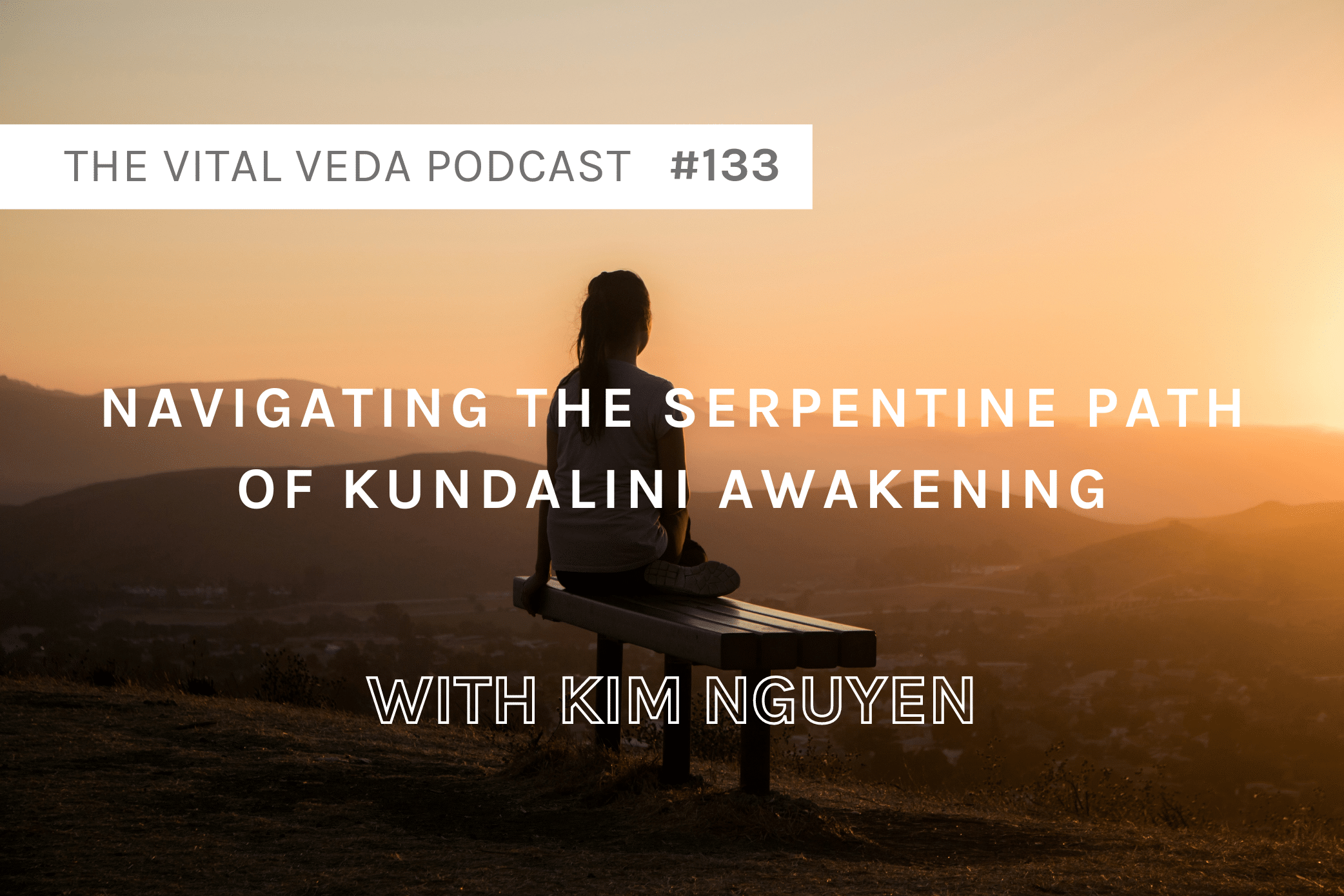Despite the science, the dogma remains pervasive. Thinking that cholesterol or fat causes heart diseases is dangerously falling into The Biggest myth in medical history.
Armed with hundreds of scientific references, Dr Bowden shows why the medical establishment’s embarrassing, and outdated theory that fat and cholesterol causes heart disease is completely wrong.
You’ll learn the real promoters of heart disease and what you can do about them
This podcast is intended for anyone who is cautiously refraining from eating dietary fats because of belief or instructions from their doctor that fats causes heart disease and that cholesterol is bad.
This podcast episode reveals the cold hard science and cuts through the crap to show you the definitive truth all about cholesterol, dietary fats and heart disease.
Share this episode with your friend, relative, client or medical practitioner who is hesitating, even slightly, to consume dietary fats due to a dogmatic belief.
ABOUT OUR GUEST: DR. JONNY BOWDEN
Jonny Bowden, PHD, CNS, is a board-certified nutritionist, the author of 15 books including The 150 Healthiest Foods on Earth, Living Low Carb, and the recently revised and expanded, The Great Cholesterol Myth. He is the creator of the best-selling internet weight loss program, Metabolic Factor and also appeared in the documentary, Fat Fiction, (narrated by Dr. Mark Hyman).
His no-nonsense, myth-busting approach has made him a popular guest on television, and a sought after speaker all over the world.

IN THIS EPISODE WE DISCUSS:
How Vitamin C was Discovered
THE BIGGEST MYTH IN MEDICAL HISTORY
Saturated Fat Causes Heart Disease = Non-Scientific
The low-fat teaching is based on the medical establishment’s embarrassing, outdated theory that saturated fat causes heart disease.
A landmark 2016 article in the Journal of the Americas Medical Association found that the true science was actually being suppressed by the food industry.
People seem to be blind to the new science of nutrition and deaf to its leaders, like Dr. Dariush Mozaffarian, dean of Tufts University’s Friedman School of Nutrition – the leading nutrition school in USA. He recently wrote in the Journal of the American Medical Association,
“We really need sing it from the rooftops that the low-fat diet concept is dead, there are no health benefits to it.”
The low-fat bandwagon has damaged public health. It was driven by an unscientific agenda advanced by the American Heart Association and the food industry, which sponsored the misleading food pyramid.
The 40-year trend of promoting high-carbohydrate processed foods perfectly parallels the obesity epidemic in USA.
Despite the science, the dogma remains pervasive.
Despite science showing that natural fats pose no increased risk of heart disease, hospitals still hand every patient a pamphlet recommending the “low-fat diet” when they’re discharged from the cardiac surgery unit, just as they have been doing for nearly a half century.
The evidence suggesting cholesterol causes heart disease is poor and non-existence.
It was based on flawed science.
While many studies have linked the intake of saturated fats to increased cholesterol, very few, if any, have actually linked saturated fats directly to heart disease.
This dogma has literally killed hundreds of millions of people pre-maturely.
Saturated fats, like those in butter, ghee, meat, cheese, eggs and coconut oil do not actually contribute to any increased danger for cardiovascular risk.
Sugar Industry Conspiracy
In a powerful exposè published in JAMA Internal Medicine, researches from the University of California dug up old sugar industry documents that revealed payments from the sugar industry to scientists to minimise the role sugar had in disease.(1)
In 1967, the Sugar Research Foundation (known today as the Sugar Association) paid Harvard scientists the equivalent of $50,000 to publish a manipulated review of the research of sugar, fat and their connection to heart disease.
The review was published in the prestigious New Englands Journal of Medicine, where studies cherry-picked by the sugar industry to downplay the role of sugar in heart disease…while blaming saturated fat.
For over 5 decades the public was misled to fear cholesterol and embrace sugar as harmless empty calories.
The low-fat, high-sugar, refined carb diets are now linked to both heart disease and obesity.(6)
These flawed studies continue…
Coca-Cola provided millions of dollars in funding to researches to play down the link between sugar and obesity and blamed lack of exercise.(7)
The Actual Studies
One meta-analysis by Harvard researcher Dr. Frank Hu, reviewed 21 studies that included more than 347,747 subjects which measured the associated between saturated fats and cardiovascular issues.
The people who consumed the highest amount of saturated fat had the exact same incidence of any cardiovascular issues as those who consumed the least amount of saturated fat.
The result: saturated fat was not a cardiovascular risk.
And there are plenty more studies…
A meta-analysis review, more than 150,000 people were evaluated for over 5 years.
They found that risk of dying from any cause was significantly greater in the group with the lowest levels of cholesterol (below 160mg/dL).
The group with borderline high levels had a significant decreased risk of dying from any cause, but it was the group with the highest cholesterol (above 240mg/dL) that had the most decreased risk of dying from any cause.
Saturated Fat Was Taken Off the Nutrient Concern List, Yet the Dogma Remains Pervasive
In 2016, cholesterol was officially taken off the nutrient concern list, but after almost 60 years of brainwashing, most westerns and doctors alike still consider cholesterol bad.
Saturated fat warnings still are invading the FDA’s guidelines, even though they took it off the nutrient concern list.
Precaution is still being advised by the American Heart Association.
TESTING: CHOLESTEROL AND HEART HEALTH
You can now ignore the cholesterol numbers on your standard blood test.
HDLs can be good or bad. LDLs can be good or bad. Those numbers don’t matter, it is actually about the size of the cholesterol particle.
- If it is big and fluffy, it is safe and cannot do damage. (LDL Pattern A).
- If it is small, dense and hard it can penetrate the arterial wall and cause inflammation and damage. (LDL Pattern B).
- HDL-2 are beneficial particles.
- HDL-3 are the undesirable ones – they are atherogenic (promoting build-up of fatty plaque in the arteries) and inflammatory.
Testing size of cholesterol particles
- VAP (Vertical Auto Profile) – size of the cholesterol particle.
- VPA (Particle analysis) shows the size of the cholesterol particles.
- NMR Lipo-Profile Test
- Lipoprotein Test
- Berkeley Lipid Particle Test
- LPP (Lipoprotein Particle Profile)
Now you can get these tests from the two biggest commercial labs in USA.
Test You Can Do Yourself with Your Old Blood Tests
To measure your tendency to have oxidised cholesterol:
Take your Triglyceride number and divide it by HDL.
If that is less than 2 than you are safe, and at little to no risk of insulin resistance (associated with blood sugar).
This has to do with diet, particularly sugar and high insulin. This raises triglycerides, increases blood sugar and damages cholesterol particles.
Other Blood Tests that screen for Cardiovascular Health:
- C-Reactive Protein (CRP) – an inflammatory marker and predictor of heart disease.
- Homocysteine – an inflammatory marker and direct risk for cardiovascular health.
- HbA1c – 3 month average of blood sugar that measures glycation levels.
Advanced Glycation End Products (AGEs)
- Excess sugar in the blood will also glycate – the sugar and proteins in the bloodstream will stick together and clump.
- These clumpy protein-sugar compounds are really bad, as damaging as free radicals.
- They damage LDL and HDL cholesterol; get stuck in small arteries; and are directly linked to heart, brain, joint and circulatory issues.(5)
Another Test To Analyse if Cholesterol Particles are Oxidised or Damaged
Blood test: OxLDL – available to measure
- Oxidised LDL
- Myeloperoxidase (MPO) the enzyme released by WBCs which oxidises LDL.
Are Doctors Adopting Effective Diagnostic Methods Actually Based on Science?
Thankfully, it is increasing.
WHAT IS CHOLESTEROL
- Primarily manufactured in the liver.
- 80% of cholesterol is converted into cholic acid, which forms bile. Bile is the Pac-Man that gobbles up toxic fats in the liver and intestines, while helping break down and deliver good fats into the blood and lymph.
- Healthy diet with whole food and high fibre will support bile to escort toxins to the toilet, but if the diet is low in fibre and loaded with processed fats, up to 94% of bliss (with toxins in tow) can be reabsorbed by the liver.(2)
- The reaming cholesterol (20%) is used to form the more famous cholesterol lipoprotein particles known as HDL and LDL. These lipoproteins escort fats to and from the cells throughout the body.
Triglycerides are fats that are made from any extra calories you don’t use as energy right away.
CHOLESTEROL ESSENTIAL FOR LIFE
- Cholesterol is the organic molecule that is most common in your brain (by weight) and a major component in nerve tissue.
- It is the precursor for many hormones.
- It is the primary component of all your hormones.
- It helps your skin repel water.
- It helps the skin on the inside and outside of the body ward off toxic chemicals as well as hold precious water and moisture in.
- In fact it is so important that every single cell in the body makes it – it is in every single cell wall.
To think you can radically pull this out of the body (through statins for example) and not have consequences is ridiculous and is such bad science.
The Importance of Fat (Medo Dhatu)
The importance of fat:
- Your brain is composed primarily of fat. One third of the dry weight of your brain if pure DHA. Low DHA in the brain and CNS = baby brain and post natal anxiety for mums.
- You need fats for energy production and hormones production.
- Your skin needs a cushion of fat so you look good.
- In fact, every cell in our body is lined by a double layer of fat, which supports the cell’s membranes.
- Fat is vital for life.
The way the authorities responded to this: “thus, the MRFIT study failed to provide an adequate test of the hypothesis because of poor adherence.” – But it doesn’t mean the hypothesis is that dietary fat causes heart disease.
A major study done by a Harvard Researcher, conducted by Dr. Frank Hue, took over 350,000 people and evaluated in over 21 studies and found that:
- Whether you have the highest or lowest cholesterol, your cardiovascular incidents are exactly the same. Cholesterol numbers don’t matter!
- People with higher cholesterol live longer – greater cognitive function, greater intelligence and greater memory as they age. People would die sooner with lower cholesterol numbers.
A study at the prestigious journal of the Lancet measured people on a high cholesterol mediterranean diet vs. a supervised low cholesterol diet and found that people on the mediterranean had a 77% reduction in deaths and a 76% reduction in cardiovascular death.
Butter Is Back
Relationship Between the Cholesterol You Eat and In Your Body
The cholesterol you eat does not have a big influence on the cholesterol in your blood.
STATINS
One of the most widely prescribed drugs in the history of medicine.
Statins work by disabling a critical step early in the formation of cholesterol.
There’s a pathway that produces cholesterol in the body, along with a bunch of other essentials.
It is like a tree, the pathways feeds different biological functions in their individual branches.
We have decided that one of the branches is bad, that being cholesterol.
So we have decided the best way to get rid of that branch is to cut the tree at the root.
Statins inhibit the HMG CoA Reductase enzyme, which is also required for essential molecules like CO Enzyme Q10 (essential for optimal heart muscle and brain function).
Anti cholesterol drugs disturbs medas dhatu which creates asthi dusya.
To think you can radically pull cholesterol out of the body (through statins for example) and not have consequences is ridiculous and is such bad science.
Giving a child a statin is medical malpractice.
Measures to Potentially to Wean Off Statins & Medications
How to wean off medications such as statins?
Work on overall health, including insulin resistance.
Work with a quality health practitioner and then go back to the doctor who prescribe the medication and under their supervision, reassess your medications.
INSULIN RESISTANCE
Insulin Resistance and Metabolic Disease – More important imbalances that require our attention.
Insulin resistance is highly influential on cardiovascular disease and CV-19.
Testing and Measuring Insulin Resistance
An at home, free method you can do to test if you are insulin resistance. (approx. 95% accuracy rate)
WHAT OILS AND FATS TO EAT AND USE IN DIET
Saturated Fats
Saturated fats are those that are basically solid at room temperature.
- They are solid because they are more stable – no weak double-bonds that you find in mono-saturated (one double-bond) and poly-unsaturated fats (many double-bonds).
- As a result, these fats can stand up to cooking at high heat much better than unsaturated fats, because there are no weak double-bonds to break.
- Once the bonds break, the oil has a greater risk of going rancid and becoming the toxic substance known as free radicals.
- Saturated fats don’t break down in your body like other fats may.
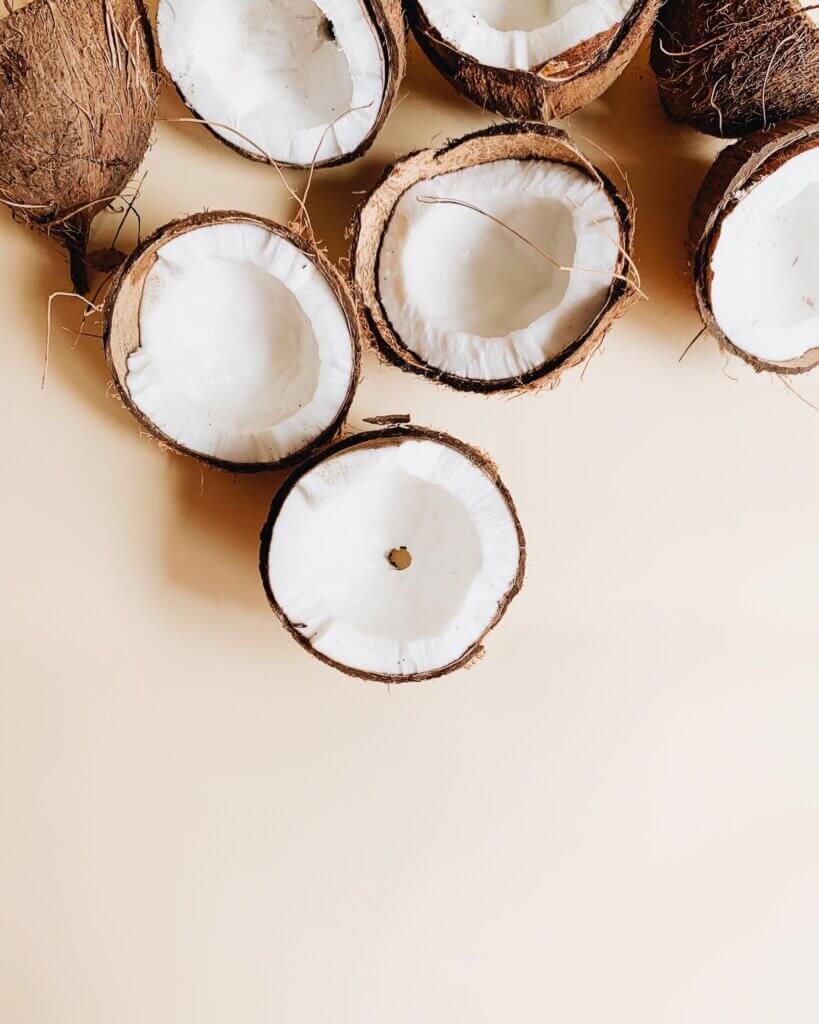
Cheap polyunsaturated fatty acids (PUFAs)
- PUFAs are made from pressing oil out of seeds, grains and beans like sunflower, safflower, corn, or soybeans, which is only possible with extremely high pressure, heat and a multimillion dollar seed oil press.
- The oil in these seeds, grains and beans are very volatile. They quickly and easily turn rancid from sunlight or heat.
- These bottles of cooking oil have been heated to high temperatures, degummed, refined, bleached, boiled and deodorised (because they smell so bad after processing), leaving them indigestive with no nutritional value.
- RBD is a term (refined, bleached, deodorised) which leaves the oil colourless, odourless and tasteless.
- In addition, valuable beneficial ingredients (antioxidants, phytosterols, chlorophyll, lecithin) are removed during processing. The oil is now dead.
- Light sensitive – Now they can be sold 24/7 in clear plastic bottles in fully lit grocery stores, where they should be cold-pressed in dark warehouses and delivered in dark brown bottles in the early hours of the morning, just like they used to, and just like milkmen do.
- Liquid regardless of the temperature and much more susceptible to damage due to their weak bonds.
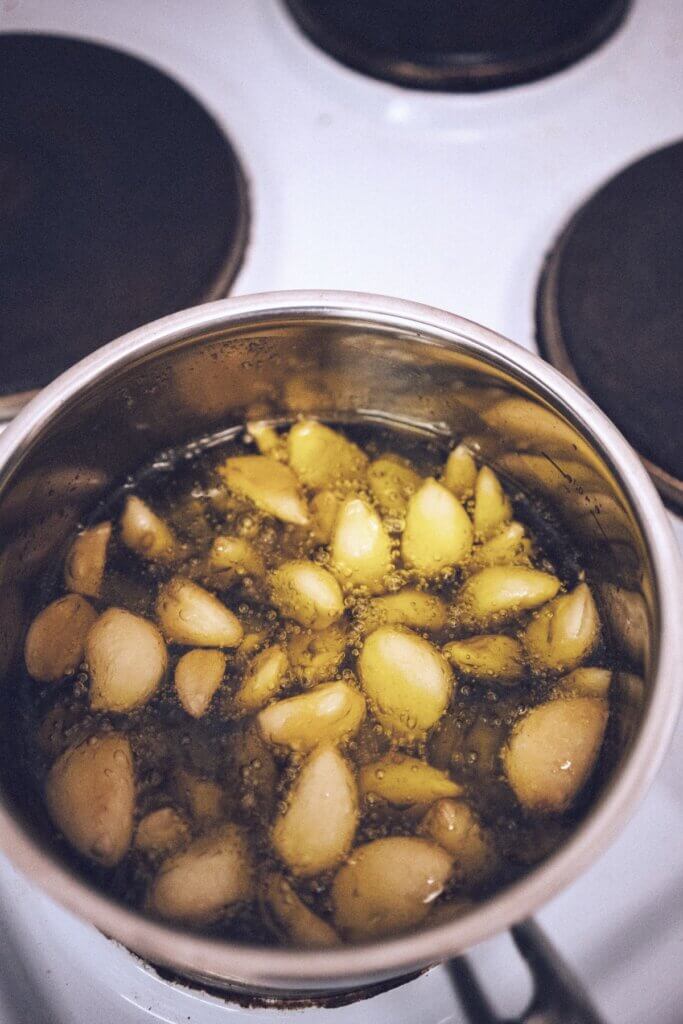
- These vegetable oils are so highly processed and stable, they use them to preserve food and extend shelf life.
- You will find them in your organic gluten free bars, cereals, corn chips, corn thins, gluten free organic bread (it can stay soft for weeks).
- Linoleic acids are so fully oxidised that not only are they toxic and damaging to the arterial wall, but intestinal microbes that typically feed on essential fatty acids and fibber won’t even touch them.
Corn Thins may seem healthy, but they contain rancid and toxic sunflower oil.
Fats and Oils in India
These PUFAs have replaced traditional use of ghee in India and contributed to a rise in cardiovascular disease (CAD).
A couple generations ago, India was known for having low levels of CAD-related concerns.(4)
Today, Indians use a highly processed vegetable ghee called vanaspati, which is 40 trans fats, well known fo the increase risk of CAD.(4) This is fully or partially hydrogenated vegetable oil.
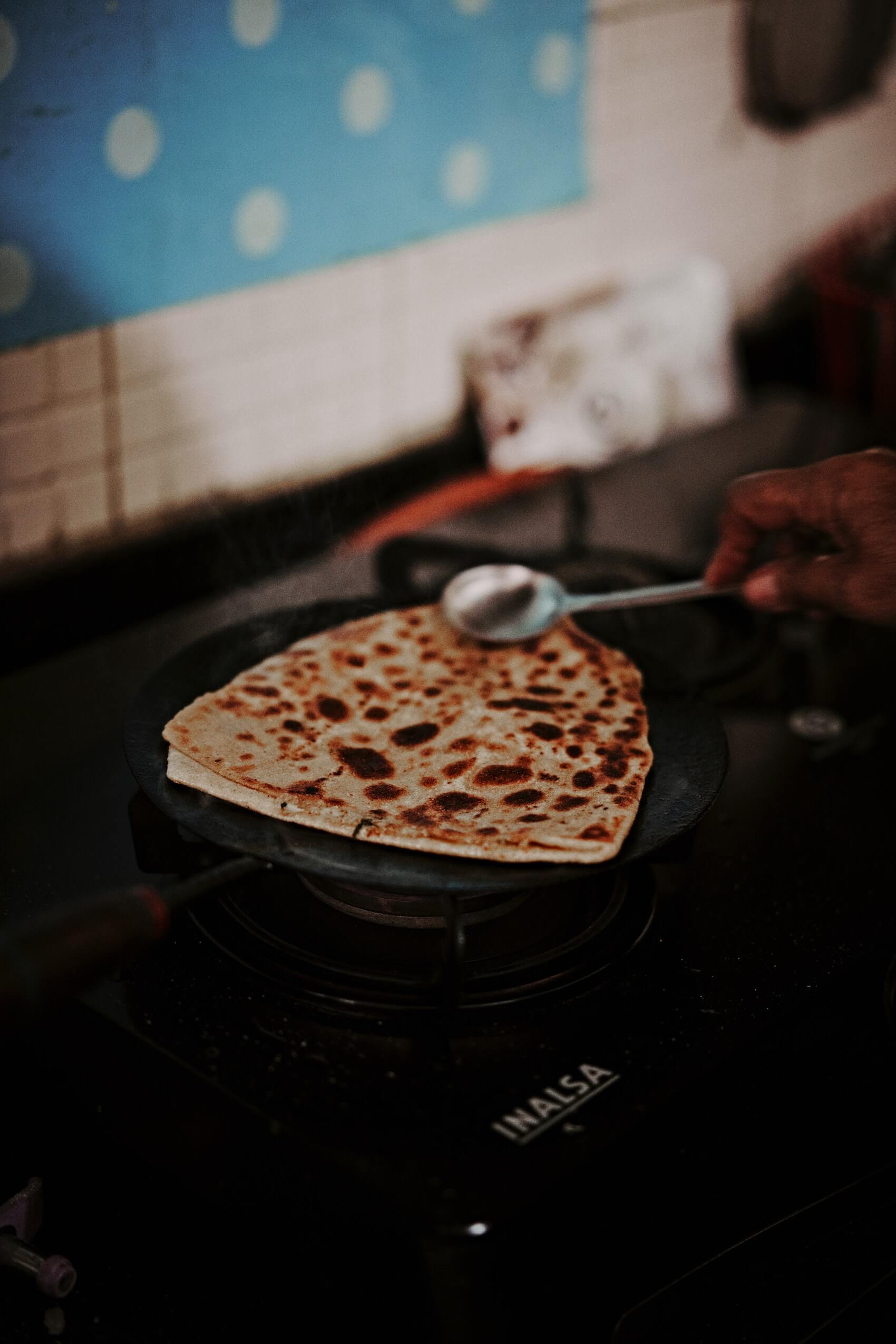
Processed Sugar vs Rancid Oils
Processed sugars will stay in your body for a few hours, cause an insulin spike.
Rancid fats and oils can stay lodged in places like your liver and fat cells for years!
If you have belly fat, fat in your hips or cellulite, you got to avoid these vegetable oils if you want to loose that, not to mention the risks of arterial health issues!
Smoke Point – Crucial Consideration
- When the oil is heated and begins to oxidise and release toxic compounds.
- A smoke point chart can be misleading because the more refined and processed the oil, the higher the smoke point.
- Using the oil with the highest smoke point like almond, sunflower or avocado does not take into consideration how highly refined these oils may be.
- Unsaturated fats or vegetables oils will generally have a higher smoke or flash point because they are the most refined compared to the more stable saturated fats.
- Ghee has the highest smoke point of all oils, thus is a very stable oil.
Bad Fats: Processed vegetable oils that are toxic
- canola
- soybean oil – introduced heavily in the early 1900s
- cotton seed
- sunflower oil
- peanut oil
- corn
- grapeseed
- safflower
- rice bran
- fake butter spreads like margarine.

Good Fats:
- Ghee.
- coconut oil.
- Malaysian palm oil.
- palm kernel oil.
- cacao oil.
- shea nut oil.
- butter.
- avocado oil.
- macadamia nut oil.
These are the most heat tolerant oils.
- Ghee – 47.8 saturated fat.
- Good fats lower triglyceride levels.
- Plant-based omega-3 fatty acids – chia, flax and walnuts.
Omega 6 : Omega 3 Ratio
Today, the average American has an omega-6-to-omega-3 ratio of 20:1.
This increased ratio has been linked to a host of chronic health concerns, including obesity, diabetes and cardiovascular issues.
We cannot just increase out omega 3s, ie. it’s not just about the ratio, we need to reduce our omega 6s.
How Much Fats / Oils Can I Eat?
What If I Don’t Have Gallbladder?
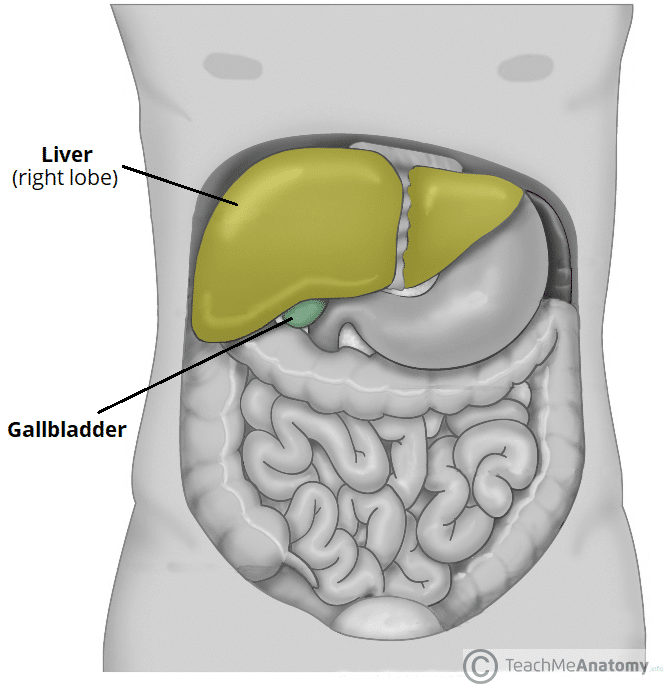
Optimal Diet
- Macro nutrient ratios – transcend them, stop focusing too much on amounts.
- Cyclical ketosis.
- Simplify diet: eat real food (whole foods), seasonal food, etc.
- See Vital Veda’s online course on Ayurvedic Nutrition for a holistic, simple and effective nutrition protocol.
References:
(1) http://archinte.jamanetwork.com/article.aspx?articleid=2548255
2. Guyton and Hall. Textbook of Medical Physiology. 12th edition. Saudners Press. 2011. p Ch 64 p785
(3) Hamazaki et al. Blood Cholesterol: A good Market for Health in Japan. Wolrd Review on Nutrition and Dietics 100. 2009: 63-70.
(4)https://www.ncbi.nlm.nih.gov/pmc/articles/PMC3215354/
(5) https://diabetes.diabetesjournals.org/content/54/7/2198.full
(6) https://www.ncbi.nlm.nih.gov/pmc/articles/PMC2869506/
(7) http://well.blogs.nytimes.com/2015/08/09/coca-cola-funds-scientists-who-shift-blame-for-obesity-away-from-bad-diets/
RESOURCES
SUPPORT THE SHOW
Please leave me a comment below (I love to read every single one).


